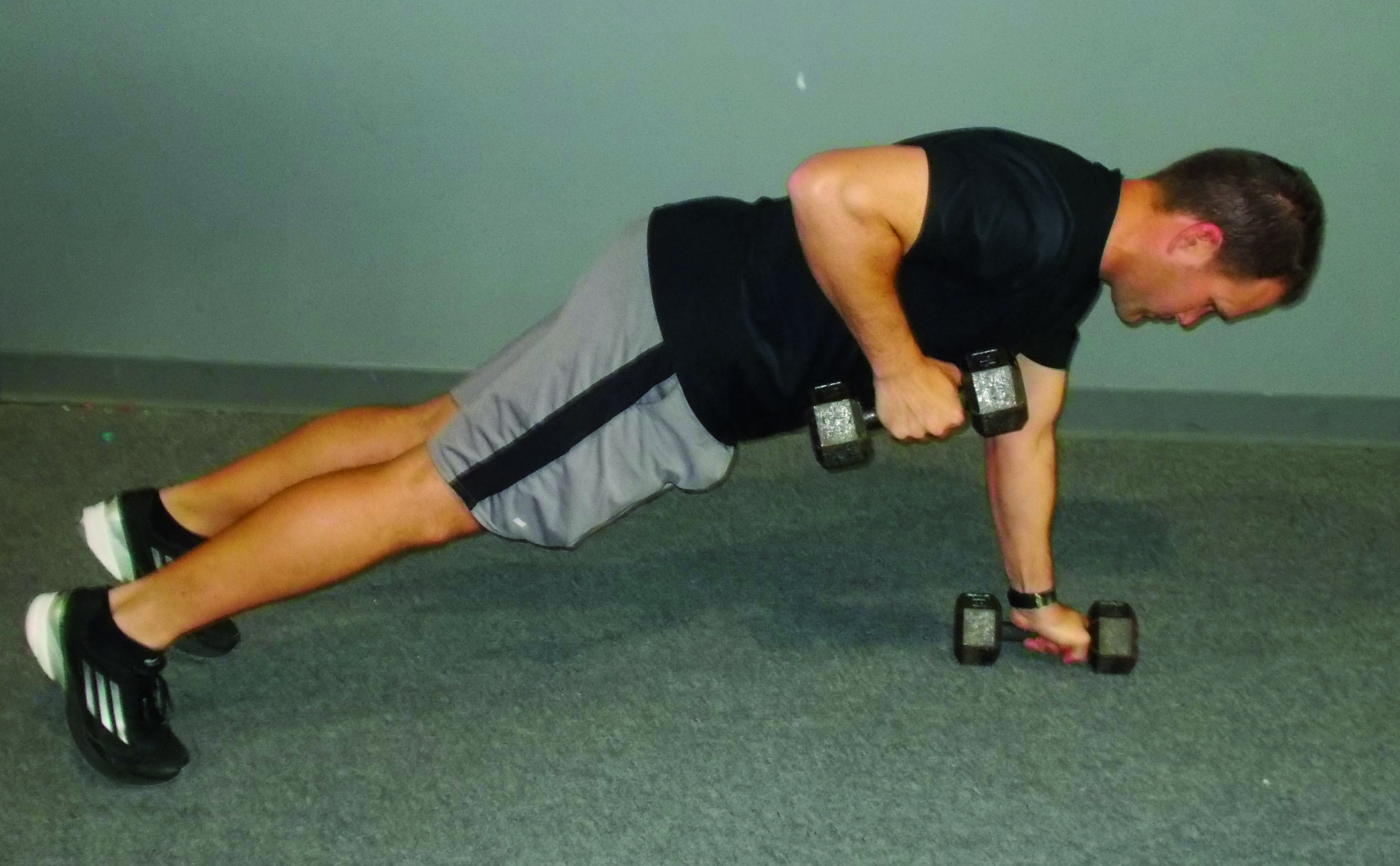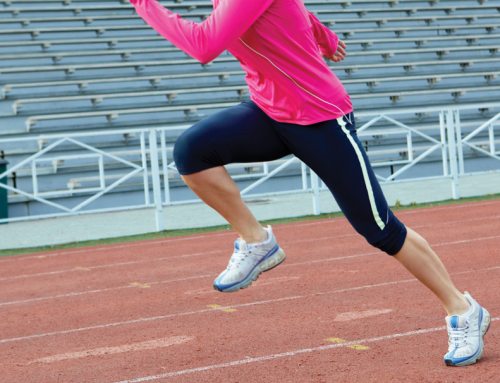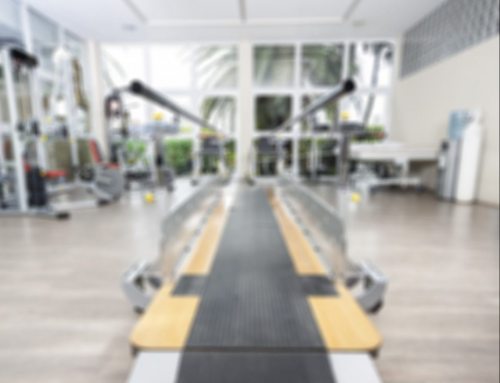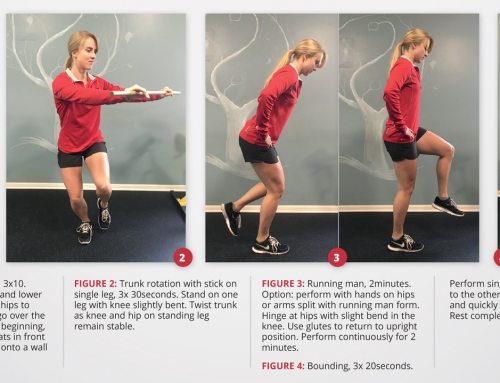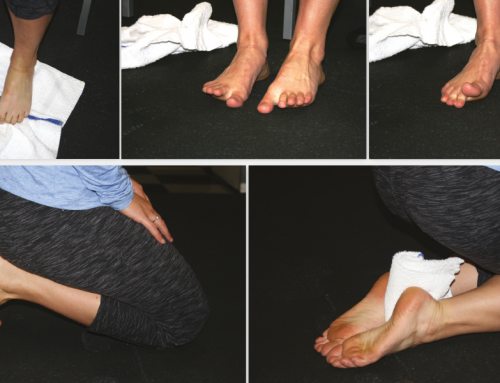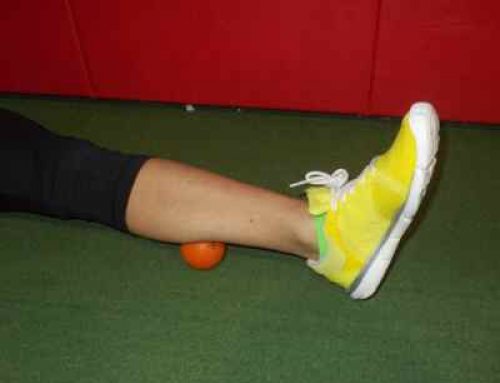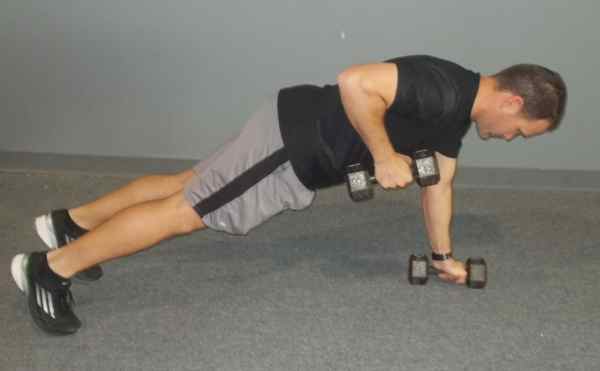
By Brian Schiff
Efficient cycling requires sufficient total-body strength and endurance. Weakness in the shoulders, torso and hips will negatively impact performance and contribute to postural deficiencies. As fatigue sets in, gravity only magnifies poor posture and flawed technique.
Some common technical and postural flaws that cyclists may encounter include:
- Elevated or hunched shoulders
- Leaning too heavily on the handle bars
- Knees pointing out excessively
- Rounded spine
- Defaulting to pushing (quads) rather than pulling (hamstrings)
- Unwanted up-and-down or side-to-side motion out of the saddle
To combat the impact of gravity and maximize performance, it is important to develop core, hip and lower-body strength. The following exercises are considered to be challenging and effective in addressing several of the posture and movement flaws referenced earlier.
- Sliding hamstring curls: Position two sliders beneath the feet in a supine position with the feet flat on the ground and knees at a 90-degree bend. Next, bridge up and slowly allow the feet to slide away from the body, moving toward full knee extension. Continue as far as possible while still maintaining hip extension (no contact with the floor) and allowing the heels to take all of the load. Pause at the bottom just prior to losing control and slowly flex the knees, bringing the heels back up until you reach maximum knee flexion and hip extension. Repeat this sequence for eight to 10 repetitions. Perform two to three sets using a cadence of 3/1/2 or 3/1/3 to ensure smooth movement and proper form. This exercise addresses the pulling component of cycling.
- Sliding split squats: Stand tall and position a slider beneath the right foot. Slowly slide the right foot backward into a reverse lunge position. Pause at the bottom, and then return to a full upright position. Complete 10 repetitions and then repeat, moving the slider under the left leg. Perform two to three sets on each side, and be sure to keep both feet pointing forward throughout. Focus on a rigid and neutral spine angle throughout, as this is important for postural stability. This exercise will also aid in developing hip-extension strength for hill climbing.
- Tripod dumbbell rows: Begin with the hands supported on two dumbbells beneath the shoulders and the toes on the floor (shoulder-width apart). Perform alternate arm rows with a deliberate pause at the bottom between each arm movement. Perform two to three sets of eight to 10 repetitions on each side, and focus on form as opposed to too much weight. Pulling against gravity will increase shoulder and torso strength and serve as an effective anti-extension and anti-rotation training tool.
I like to use sliders to add an element of dynamic balance to the first two exercises. Alternate versions include using an exercise ball for the hamstring curls and simply doing a stationary split squat on the floor or step. To ensure proper form and alignment with the rows, I suggest beginning with bodyweight only at first to minimize torso rotation and maintain a neutral spine.
# # #
Brian Schiff, PT, OCS, CSCS is a sports physical therapist and supervisor at the Raleigh location of Athletes’ Performance at Raleigh Orthopaedic. The Raleigh and Cary Athletes’ Performance locations currently offer free injury screens for runners, cyclists and triathletes. For more information, visit www.apcraleigh.com or www.apccary.com.


